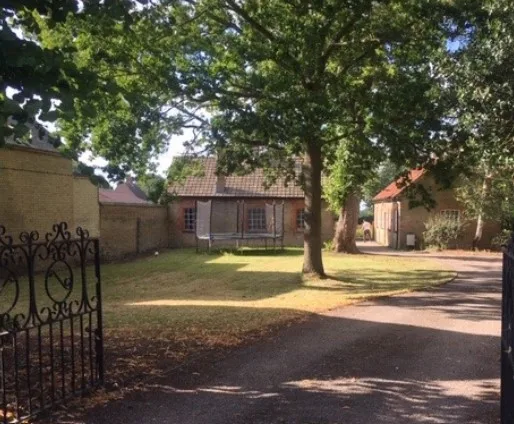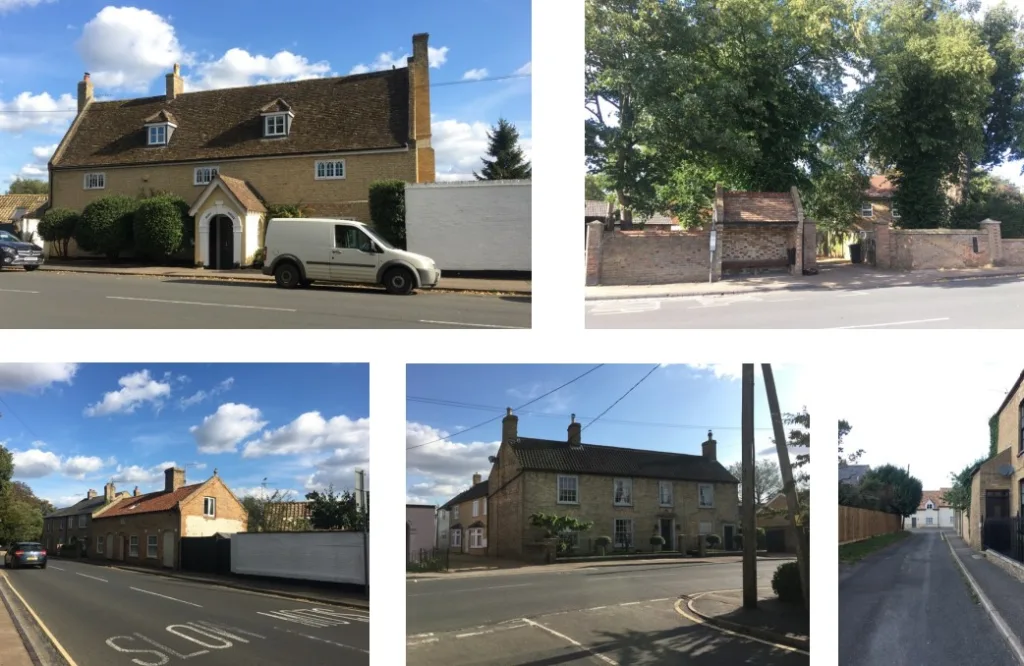Property
Council wins battle with CofE over 5 homes for Cambridgeshire village

Nearly three years after the Church of England applied to build four homes and convert an existing Edwardian outbuilding to a fifth home, their application has been refused on appeal.
The Ely Diocesan Board of Finance has lost its appeal to the Planning Inspectorate after being refused permission for the Little Downham housing scheme by East Cambridgeshire District Council.
The district council had argued that the homes behind the rectory in Main Street were outside the development envelope for the village.
It claimed that under the East Cambridgeshire Local Plan of 2015 there were defined areas for development.
The council concluded that where housing is allowed outside of that ‘envelope’ it is strictly restricted to affordable housing exception schemes, homes for essential rural workers and community-based development.
“The proposed development would not meet any of these definitions,” the council said.
The Ely Diocese appealed but the Planning Inspectorate has dismissed it.
Location, location, location
The inspector argued that the main issue was of location.
“Little Downham is a village with a defined development envelope,” he concluded. “Part of the appeal site falls within the envelope, including the buildings to be converted, but three of the proposed houses would fall outside of it.
“The aim of the envelopes is to focus development within or on the edge of towns and villages, and to minimise unnecessary development of open fields and countryside areas of the district.”
The inspector said the board of finance had contended that the proposed development would accord with the general thrust of planning policies in that it would be sited immediately adjacent to the village.
But the inspector said the rules were specific in requiring development to be within the envelope, other than for the identified exceptions.
Outside envelope
“It is not disputed that the site is in a sustainable location on the edge of the village,” he said. “However, three of the houses would fall outside of the envelope.”
The inspector also heard that East Cambs Council says it has a supply of deliverable housing land exceeding 7 years.
This was challenged by the board of finance who claimed there was an under delivery of housing against the target of delivering 11,500 homes from 2011 to 2031.
After hearing from both sides, the inspector said that the council’s 5-year land supply going forward were optimistic “and the most recent Housing Delivery Test the council has achieved 95% of its required homes for the period 2018 to 2021.
“Furthermore, the council reports that for the year to 2022 619 net dwellings were delivered in the district, its highest rate of completions within the plan period. I am therefore satisfied, based on the evidence submitted, that the council has a housing land supply of at least 5 years. “
The inspector said: “ There are considerations that weigh in favour of the proposed development.
“The creation of 5 new houses of good quality design would contribute to the Government’s objective of significantly boosting the supply of homes. Even though the council has a supply of housing land of at least 5 years, this is a minimum requirement and considering the reported historic shortfall in housing delivery this benefit attracts additional weight.
“The appeal site is in a sustainable location on the edge of Little Downham. The development would deliver economic benefits in the short term from employment generated by the development and in the supply chain.
Potential benefits
“There would be long-term economic benefits from the ongoing occupation of the houses, supporting local services and facilities.
“The addition of 5 larger houses would potentially free up smaller houses from those moving out of existing homes.
“However, given the small scale of development these benefits taken together only attract moderate weight in the overall planning balance. This does not outweigh the harm arising from the conflict with the development plan.”
He added: “There are therefore no material considerations in this instance to indicate that this appeal should be determined other than in accordance with the development plan. “
The inspector said he was not able to come to a decision separately just in relation to the conversion of the existing buildings.
The site is a pasture behind the 1960s rectory to the north of Main Street, and partly within the Little Downham conservation area.








































![Councillor visit to ESCC (L-R: Councillor Geoffrey Seef, County Councillor for St Neots The Eatons [local councillor]; Rob Ashwell, chairman of ESCC; Cllr Alex Bulat Vice-Chair of Cambridgeshire County Council's Communities, Social Mobility, and Inclusion Committee). Credit to Cambridgeshire County Council.](https://www.cambsnews.co.uk/wp-content/uploads/2024/07/Councillor-visit-to-ESCC_cropped-400x240.jpg)
![Councillor visit to ESCC (L-R: Councillor Geoffrey Seef, County Councillor for St Neots The Eatons [local councillor]; Rob Ashwell, chairman of ESCC; Cllr Alex Bulat Vice-Chair of Cambridgeshire County Council's Communities, Social Mobility, and Inclusion Committee). Credit to Cambridgeshire County Council.](https://www.cambsnews.co.uk/wp-content/uploads/2024/07/Councillor-visit-to-ESCC_cropped-80x80.jpg)